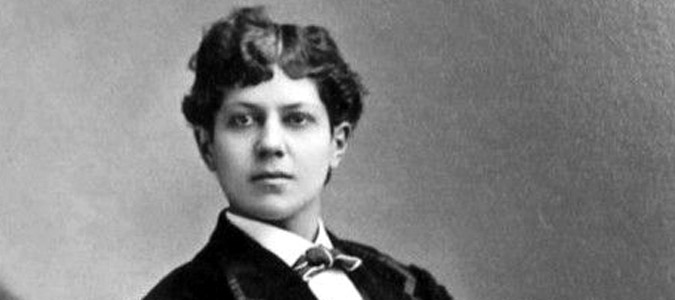c 1992 - From GLB To LGBT... Acronyms

The evolution of our gay acronyms are ever changing and, pining down dates is v hard (do a Google search)!
"GLB" vs "LGB"
1992 - in the 1992 Oxford Dictionary of Acronyms, the acronym:
- "GLB" was listed and given as "gay, lesbian, bisexual (formerly Girls Life Brigade)". Source
- "LGB" = "lesbian, gay, bisexual" is not listed in this edition of Oxford Dictionary of Acronyms.
But do consider, the Oxford Dictionary has often been late at including LGBT+ related words.
So when was "L" for lesbian placed at the start of the LGB ... acronym?
Hmm? The
Oxford English Dictionary's earliest evidence for "LGB" is from 1985, in "
Valley Women's Voice" (Massachusetts). One wonders if there was a bit of personal preference regarding "GLB" vs "LGB" in that lesbians would place "L" first while gay men would place "G" first. DavePhD interestingly consulted Google Ngram Viewer (Google's search engine that charts the frequencies of any set of search strings in a vast collection of books, documents, and other textual sources). Astutely, he pointed out that there are other meanings of GLB and LGB so a search string "GLB students" to "LGB students" might bring up better results - see the results for
"GLB students", "LGB students" ...
Why does the "L" come before the "G" in LGBT ...?
Hmm? At first, as indicated above the acronyms "GLB" and "LGB" were used interchangeably according to personal preference. Some have advocated, LGB ... became more used as an acknowledgement of the solidarity lesbians caringly showed to gay HIV/ AIDS sufferers, during the AID crises, and who helped gay men by donating blood to the gay victims, paying for medication, providing them with food and housing and fighting for medical research. Others suggest that it is easier to say LGBT compared to GLBT? Check out the interesting debate on
skeptics.stackexchange.com.
LGBT - from about 1988, in the United States, gay activists began to use the acronym LGBT i.e Lesbian, Gay, Bisexual and Transgender. The LGBT acronym has now evolved into... LGBTIQCAPGNGFNBA!
What does LGBTIQCAPGNGFNBA stand for? LGBTIQCAPGNGFNBA definition is Lesbian, Gay, Bisexual, Transgender, Intersex, Questioning, Curious, Asexual, Pansexual, Gender Nonconforming, Gender-Fluid, Non-Binary, Androgynous. Forgive me, now I got Super‐cali‐fragil‐istic‐expi‐ali‐docious ringing in my head!



























